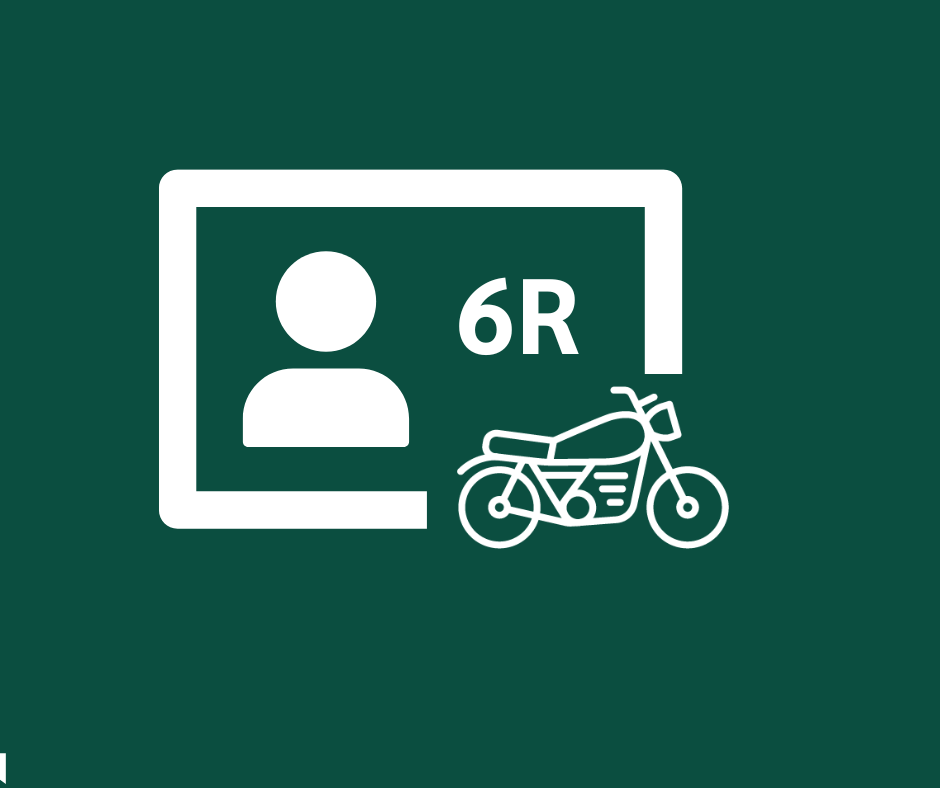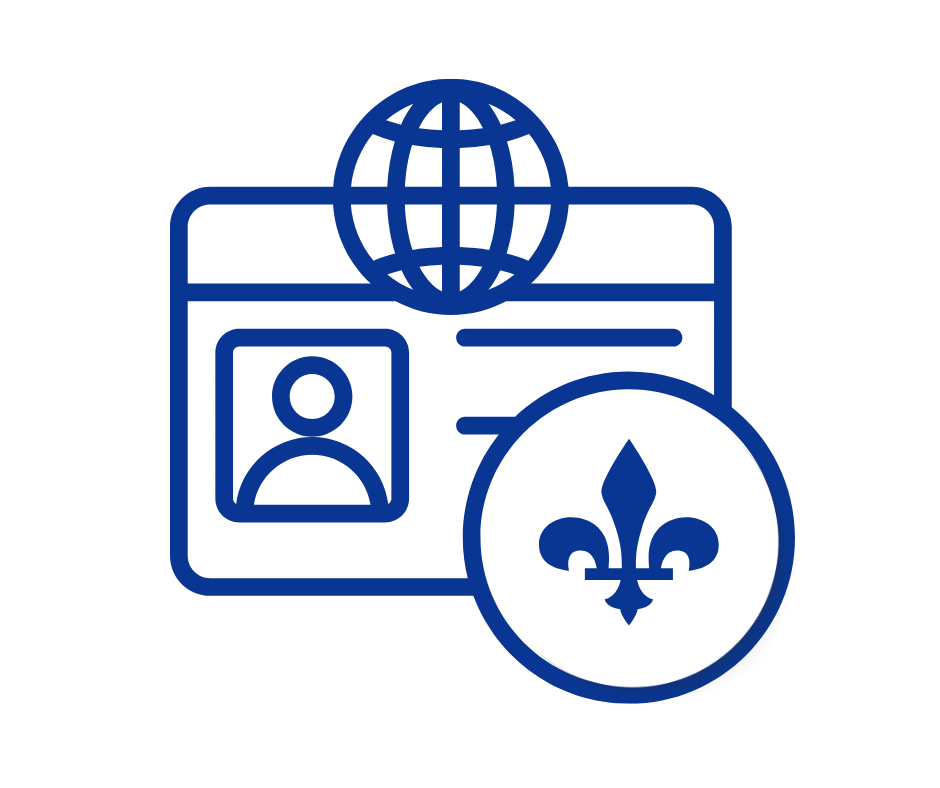Driving in Quebec requires a good understanding of certain rules that may differ from what you're used to elsewhere. Quebec’s Highway Safety Code includes unique features, whether in signage, right-of-way rules, or the habits of other road users. On top of that, the often demanding weather conditions make caution even more essential.
Knowing how to react at intersections, how to share the road with cyclists, or when and where you're allowed to turn right on a red light makes all the difference in driving safely. Understanding these rules also helps you avoid unpleasant surprises like fines, demerit points, or dangerous situations that could have been prevented.
Whether you’re a new driver, arriving from another province or country, or simply looking to improve your driving, this guide will help you better understand the key rules to follow on Quebec’s roads and develop the right habits to drive with peace of mind.
The Basics of Road Safety in Quebec
To drive, you need a license! To legally drive in Quebec, the Highway Safety Code requires a valid driver’s license. It’s not just a formality—it’s truly important! The license proves you’ve completed thorough theoretical and practical training at a school like Tecnic.
How Can Tecnic Help You Get Your Driver’s License?
At Tecnic, we offer a variety of courses to meet your needs and help you understand how Quebec’s licensing system works. Our programs combine theory and practice for optimal progress. The courses in French cover all the information essential to your learning.
The training begins with essential theory lessons. You’ll learn the rules of the road, traffic signs, and safe driving techniques. Then it’s time to hit the road! Our experienced instructors will guide you during on-road sessions to apply your knowledge.
Throughout the process, we provide tools and data to track your progress. The final exam evaluates your grasp of the material and allows you to move on to the next step: obtaining your driver’s license!
Seatbelts
Don’t forget that wearing a seatbelt is mandatory for all passengers in Quebec, with no exceptions. It’s a basic rule that saves lives. As a responsible driver, you must ensure that everyone is buckled up before you start driving. Failing to comply with this rule could cost you demerit points!
Pay Close Attention to Road Signs
Quebec’s road signage has its particularities:
- On highways, directions are shown by numbers rather than city names
- A flashing green light means you have the right of way to turn left
- Exit signs indicate the number of kilometers driven since the beginning of the highway
Familiarize yourself with these features to properly understand road instructions.
Right-of-Way at Intersections
At four-way stop intersections, the main rule is simple: the first vehicle to stop is the first to go. This is called the “first come, first served” rule. There’s no right-hand priority as in some other provinces or countries.
That said, having the right-of-way doesn’t mean you should go without checking. Always take the time to ensure the way is clear before moving. Watch carefully for pedestrians, cyclists, or other vehicles that may mistakenly or hesitantly advance.
Be especially vigilant in residential areas or near schools, where crosswalks and traffic are more frequent. Even if you have priority, caution is your best ally to avoid an accident. Waiting a few extra seconds can make all the difference for your safety and that of others on the road.
How to Drive Safely All Over Quebec
To drive confidently on Quebec’s roads, it’s essential to follow safety rules and adopt good habits. Here’s what you need to know.
Adjusting Speed by Zone
You must always adjust your speed to weather conditions. On highways, remember the minimum speed is 60 km/h and the maximum is 100 km/h. These limits exist to ensure your safety and that of others.
In dangerous zones, reduce your speed to avoid surprises. Stay alert and adapt to your surroundings.
Avoid Using a Cellphone While Driving
This one’s obvious, but it’s worth repeating! Using a cellphone while driving is prohibited in Quebec. This rule aims to make our roads safer for everyone. Penalties for breaking it can be severe. We strongly encourage the use of a government-approved hands-free device if communication is absolutely necessary. Everyone’s safety depends on it.
Respecting Cyclists and Pedestrians
Here are a few important things to remember for safe road sharing:
- Maintain a distance of at least 1 meter when passing a cyclist
- Yield to pedestrians at designated crosswalks
- Be extra cautious in areas with high cyclist and pedestrian traffic
- Never cut off these vulnerable road users
Pulling Over in an Emergency
In certain situations, you must stop your vehicle immediately—such as during a mechanical breakdown or medical emergency. The safe procedure is to pull over to the shoulder (to the right!), away from traffic. Activate your hazard lights (all four flashers) to signal your presence.
The ideal spot is outside of traffic lanes, on a flat, visible surface. Your safety comes first in these critical moments.
Discover the Unique Features of Quebec’s Road Network
Quebec’s road network includes specific features every driver must know to avoid fines and drive safely.
Adapting to Red Lights and Right Turns
Here’s a comparison chart of the rules for turning right on red in Montreal versus the rest of Quebec:
| Location | Rule | Safety requirements |
| Montreal | Prohibited to turn right on a red light |
|
| Elsewhere in Québec | Allowed to turn right on a red light as long as there is no sign prohibiting it |
|
The Role of the SAAQ and the Police
The Société de l'assurance automobile du Québec (SAAQ) plays a key role in managing driver’s licenses in Quebec. It handles license issuance, suspension, and renewal. Meanwhile, the police ensure that road laws are respected.
Officers can carry out roadside checks and issue tickets for violations. The government has set tough penalties for offenders, from fines to license suspension.
Watching for School Buses and School Zones
When a school bus stops with flashing lights, you must stop at least five meters away. This rule applies in both directions unless a median separates the lanes. In school zones, reduce your speed to protect children. Transporting students is a priority—stay alert for buses and young pedestrians.
Laws About Alcohol and Drugs
In Quebec, it’s illegal to drive with a blood alcohol level over 80 mg/100 ml (0.08%). Police can conduct roadside checks to assess this.
Driving while impaired comes with severe penalties. Also remember, driving under the influence of drugs is prohibited and can lead to serious legal consequences.
For drivers aged 22 and under, it’s zero tolerance. Any alcohol detected can result in license suspension.
Tips for Winter Driving in Quebec
Quebec winters bring dangerous driving conditions. Here are some essential tips:
- Winter tires are mandatory from December 1 to March 15. Install them on time to stay safe and avoid fines.
- To avoid skidding, drive smoothly. Accelerate and brake gradually. Keep a safe distance from other vehicles.
- Before leaving, fully clear snow from your vehicle. A clear car improves your visibility and that of others.
- Stay alert! Weather can change quickly. Adjust to road conditions.
Government Resources and Useful Numbers
Here’s a list of key resources to know:
- Official SAAQ website: info on licenses and registrations
- Emergency number 911: for all immediate emergency situations
- Info-Routes: 511 in Quebec, for real-time road conditions
- CAA-Quebec: 1-800-222-4357, 24/7 roadside assistance
These services are here to help. Don’t hesitate to contact them when needed.
Master Quebec’s Highway Safety Code with Tecnic!
Want to master Quebec’s Highway Safety Code? We’re here to help. With more than 160 locations and nearly 40 years of experience, Tecnic offers complete and certified training. Whether you’re a beginner or a professional, we have the course you need.
Contact our team or find the Tecnic driving school nearest to you to discover our advanced courses and start your training. Together, let’s hit the road with confidence and safety!
Frequently Asked Questions About Quebec’s Highway Safety Code
What should I do if I’m involved in a road accident?
Your safety comes first. Secure the area, then contact emergency services if needed. Then exchange information with the other drivers involved. Keep in mind that cellphone use while driving is banned, and that penalties for driving under the influence are very severe.
How can I recognize the presence of cyclists on the road?
You’ll easily spot bike lanes thanks to specific signage. Adjust your driving accordingly to ensure cyclists’ safety. Stay especially alert at intersections and in shared zones.
Why do speed limits vary between roads?
Speed limits adapt to the road type. In cities, they can drop to 30 km/h, while highways allow up to 100 km/h, with a minimum of 60 km/h. These variations reflect lane layout, traffic, and user safety. You’ll avoid fines by strictly following these limits, which are designed to protect all drivers.
What are the rules for passing a school bus?
When a school bus’s flashing lights are on, you must stop at least five meters away, regardless of your direction of travel—unless a median separates the lanes.
When must winter tires be installed in Quebec?
From December 1 to March 15, your vehicle must have approved winter tires. You must also ensure your car is completely cleared of snow and ice to avoid impairing your visibility, and that of others.



